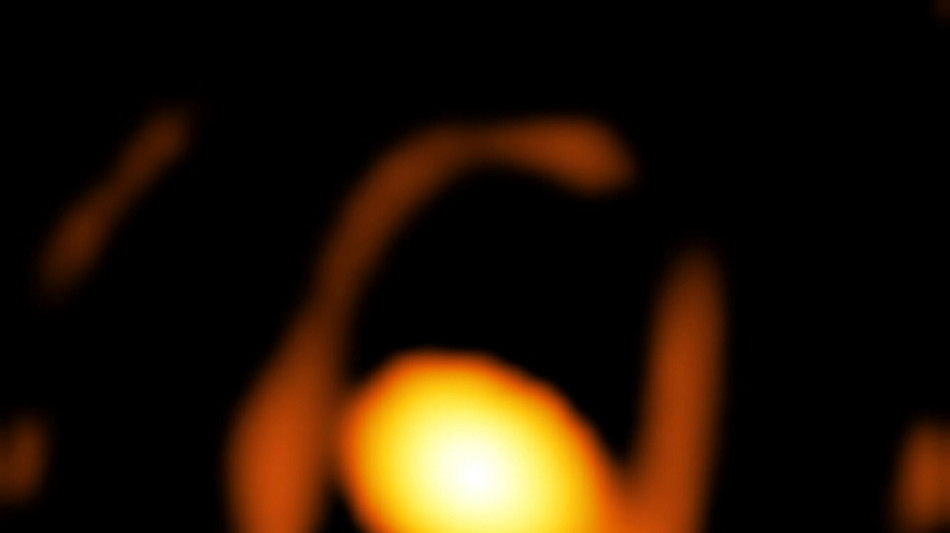
The first 'zoomed-in' image of a star outside our galaxy

Scientists said Thursday they have taken the first ever close-up image of a star outside of the Milky Way, capturing a blurry shot of a dying behemoth 2,000 times bigger than the Sun.
Roughly 160,000 light years from Earth, the star WOH G64 sits in the Large Magellanic Cloud, a satellite galaxy of our home Milky Way.
It is a red supergiant, which is the largest type of star in the universe because they expand into space as they near their explosive deaths.
The image was captured by a team of researchers using a new instrument of the European Southern Observatory's Very Large Telescope in Chile.
Keiichi Ohnaka, an astrophysicist at Chile's Andres Bello National University, said that "for the first time, we have succeeded in taking a zoomed-in image of a dying star".
The image shows the bright if blurry yellow star enclosed inside an oval outline.
"We discovered an egg-shaped cocoon closely surrounding the star," Ohnaka said in a statement.
"We are excited because this may be related to the drastic ejection of material from the dying star before a supernova explosion," added the lead author of a study published in the journal Astronomy & Astrophysics.
- 'Witness a star's life in real time' -
Ohnaka's team has been watching the star for some time.
In 2005 and 2007 they used the Very Large Telescope's interferometer, which combined the light from two telescopes, to learn more about the star.
But capturing an image remained out of reach until a new instrument called GRAVITY -- which combines the light of four telescopes -- recently came online.
When they compared all their observations, the astronomers were surprised to find that the star had dimmed over the last decade.
"The star has been experiencing a significant change in the last 10 years, providing us with a rare opportunity to witness a star's life in real time," said study co-author Gerd Weigelt of Germany's Max Planck Institute for Radio Astronomy.
Red supergiants -- such as Betelgeuse in the Orion constellation -- are "one of the most extreme of its kind, and any drastic change may bring it closer to an explosive end," added study co-author Jacco van Loon of Keele University in the UK.
In their final stages of life, before they go supernova, red supergiants shed their outer layers of gas and dust in a process that can last thousands of years.
It could be this expelled material that is making the star appear dimmer, the scientists said.
This could also explain the strange shape of the dust cocoon that surrounds the star.
Another explanation for the egg-shaped cocoon could be that there is another star hidden somewhere inside that has not yet been discovered.
K.M.Thompson--TNT